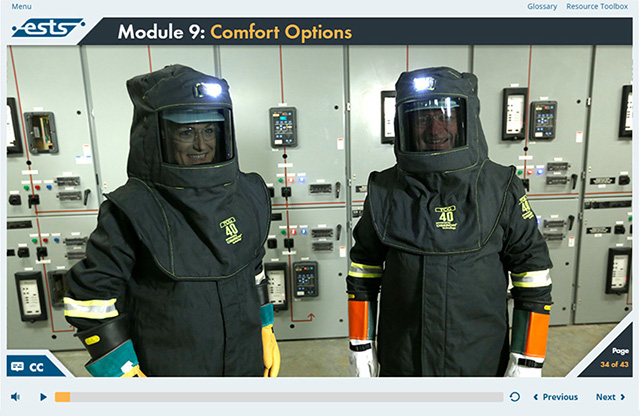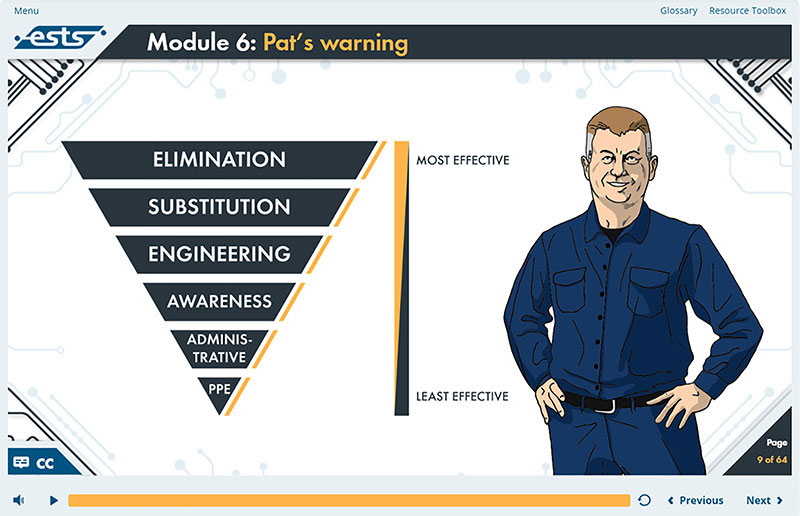Any Canadian worker who may come in contact with any electrical system as part of their daily work environment may need some form of arc flash training to protect themselves in the workplace.
An arc flash is only one identified electrical hazard, along with associated arc blast and shock. However, the term “arc flash” has been commonly adopted across a variety of industries to describe any form of electrical safety training, electrical studies, safety programs or electrical worker personal protective equipment (PPE) training.
Working in high risk environments where there is a risk for arc flash or injuries stemming from electric shock requires workers to be well trained of the dangers, and have the know-how to keep themselves safe, that’s where we come in.

Electrical Safety Training Requirements
The industry-accepted practice used in Canada for electrical workers is the CSA Z462 Workplace electrical safety Standard. The Standard provides great detail for employers to use for guidance, including: the requirements for training, type of training, emergency procedures training, LOTO training, contact emergency release training methods, first aid (emergency response and resuscitation), training verification, worker training for Qualified vs. Unqualified persons, retraining and training documentation.
The 2018 version of our ESTS electrical safety arc flash & shock course was developed for workers who perform energized electrical work and is fully CSA Z462-18 and CSA Z1001-18 compliant.
The course content was created using the best accepted practices across the industry, standards such as the underpinning in support of meeting provincial and federal regulatory due diligence for both arc flash and shock.


How We Help
The ESTS Electrical Worker Arc Flash & Shock training course focuses electrical safety and teaching learners how to identify hazards which could lead to arc flash and shock by following an outlined workflow process.
Justification for energized electrical work is reviewed. Completing a Risk Assessment Procedure and the application of the Hierarchy of Risk Control Methods to reduce risk are emphasized. Additional protective measures including defining Approach Boundaries, the selection of appropriate Electrical Specific PPE, Tools & Equipment with proper pre-use checks/inspection, care, use and maintenance and content related to utilizing appropriate work practices/procedures are provided.
ESTS Electrical Worker training is based on industry Standards and Regulations, providing documentation tools in support of the employer’s overall Occupational Health & Safety Management System and an Electrical Safety Program.
Employers are required to have an updated Electrical Safety Program based on industry Standards and Regulations for workers to receive the most benefit from this course.
Learners will find training content is comprehensive and detailed, using interactive elements to help the student learn the concepts of how to apply the training in the field. Training is delivered from a first-person perspective and focuses on worker and supervisor relations. Additional videos and a 3D Virtual Electrical Workplace is used to illustrate the concepts.


